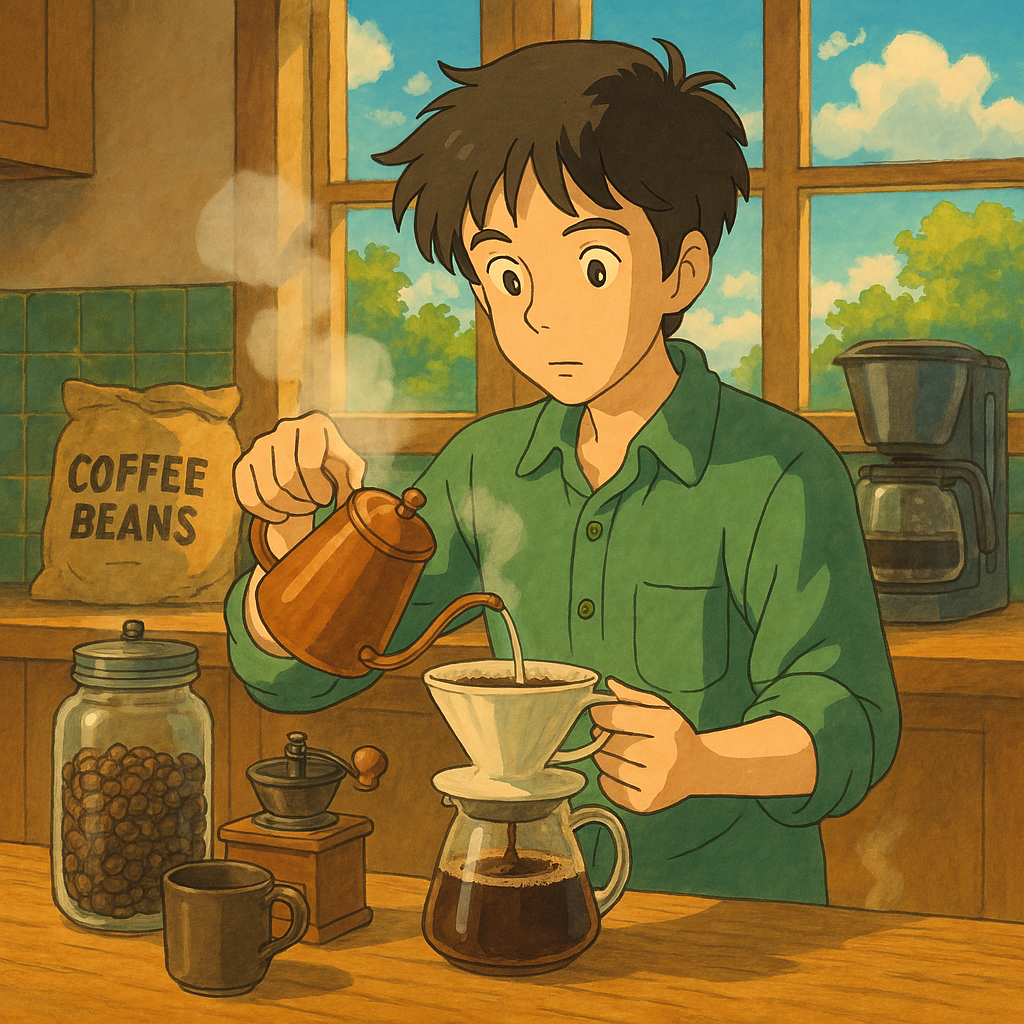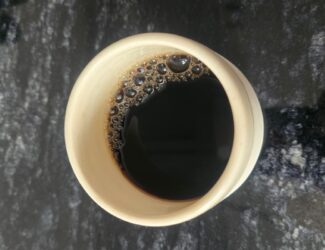
You’ve Been Brewing Coffee Wrong This Whole Time
New research reveals how pour height, grind, and roast could transform your daily cup.
Coffee lovers may want to reconsider their morning routine. New scientific findings released this week suggest that the height and speed at which hot water is poured over coffee grounds can significantly influence the flavor and quality of the brew—adding yet another dimension to the already complex world of coffee preparation.
While the perfect cup is ultimately a matter of personal preference, there’s no denying that bad coffee exists. Think overboiled diner sludge or a watery brew served with indifference. Fortunately, research continues to help coffee enthusiasts refine their techniques to bring out the best in every bean.
Experts agree that multiple variables—from the bean’s origin to water temperature—play a vital role. But recent focus has turned to pour height, a factor many overlook. Researchers have found that the distance from which water is poured affects how evenly coffee grounds are saturated, which in turn influences extraction, body, and aroma.
The Bean
At the heart of every cup is the bean. Coffee connoisseurs know that variety, altitude, and country of origin all influence flavor. Arabica beans are often favored for their complexity, while robusta—higher in caffeine—adds creaminess and strength, making it ideal for espresso.
There’s growing interest in developing new coffee varieties that not only taste better but also withstand climate change and meet rising demand. This scientific approach to coffee breeding is shaping the future of the industry.
The Roast
Roasting is another critical stage. Dark roasts are typically used in espresso, while lighter roasts highlight acidity and floral notes, especially in pour-over brewing. But it’s not just about taste—roasting also affects consistency in large-scale production.
More than any espresso machine, it’s the grinder that experts say makes the biggest difference. Coffee blogger and roaster Kev Lewis insists:
“If you spend £400 on a grinder and £100 on a machine, you’ll get better espresso than flipping those numbers.”
Uniform grind size leads to even extraction. Blade grinders can result in uneven bits that brew inconsistently, while burr grinders offer a controlled, precise grind. Scientific studies even provide formulas for optimal grind coarseness, showing that consistency yields a better, more balanced cup.
The Brew
The way you brew—whether French press, AeroPress, espresso, or stovetop moka—shapes the experience. But it’s not just the device. Water temperature, composition, and even time of day can affect taste perception.
According to Tom Saxon, founder of UK-based coffee subscription service Batch:
“The wrong grind size, water temperature, or coffee ratio can ruin great coffee. Over-extraction or under-extraction—both happen easily if you’re not careful.”
And now, pour height joins the list of subtle but impactful details. Pouring from higher up can influence turbulence, saturation, and extraction, creating a cup with better clarity or body depending on your method.
Taste is Personal
Despite all the science, preferences vary. Some drinkers are content with their daily caramel latte from a high-street chain. Others fine-tune every variable, chasing that elusive, perfect cup.
For many, making coffee is as much a ritual as it is a routine. One coffee lover shares their approach:
“I start with ground Brazilian Santos from a local roaster or a Fairtrade blend from the supermarket. I brew using a French press—boil the kettle, let it cool for a minute, pour it over the grounds, stir, wait four minutes, stir again, and plunge. Sometimes, I switch to a moka pot for a stronger hit. Either way, I drink it black—no fuss, just flavor.”
Whether you’re refining the grind or experimenting with brew methods, the journey to your ideal cup is filled with discovery. And thanks to ongoing research, the path to perfection just got even more precise.



